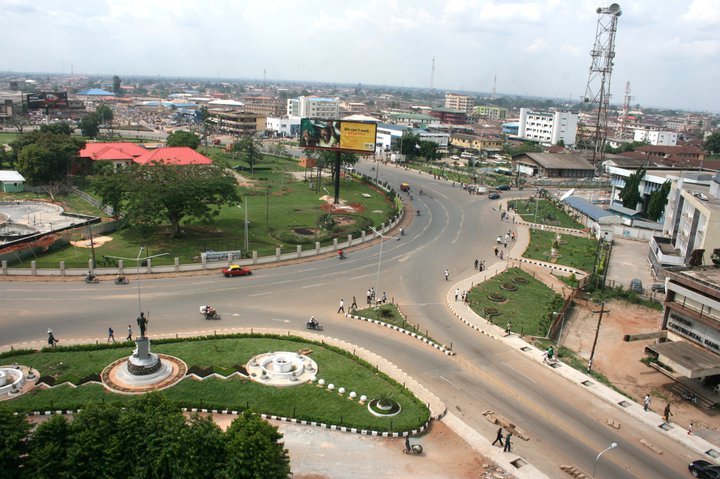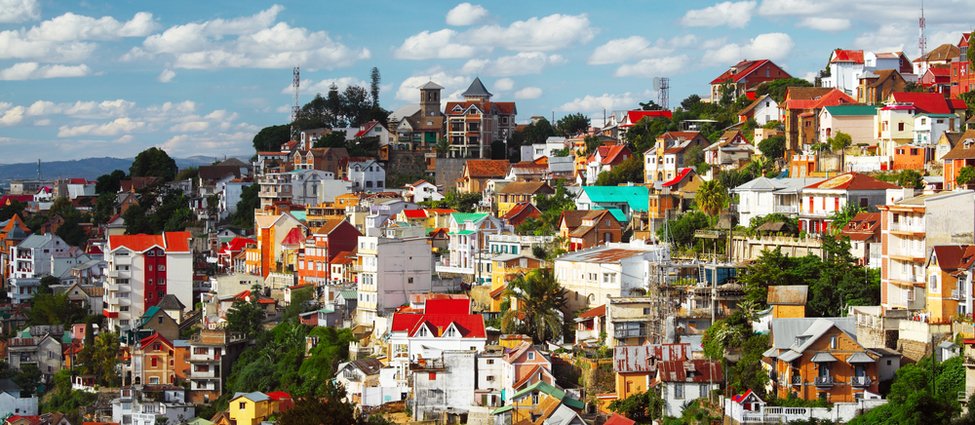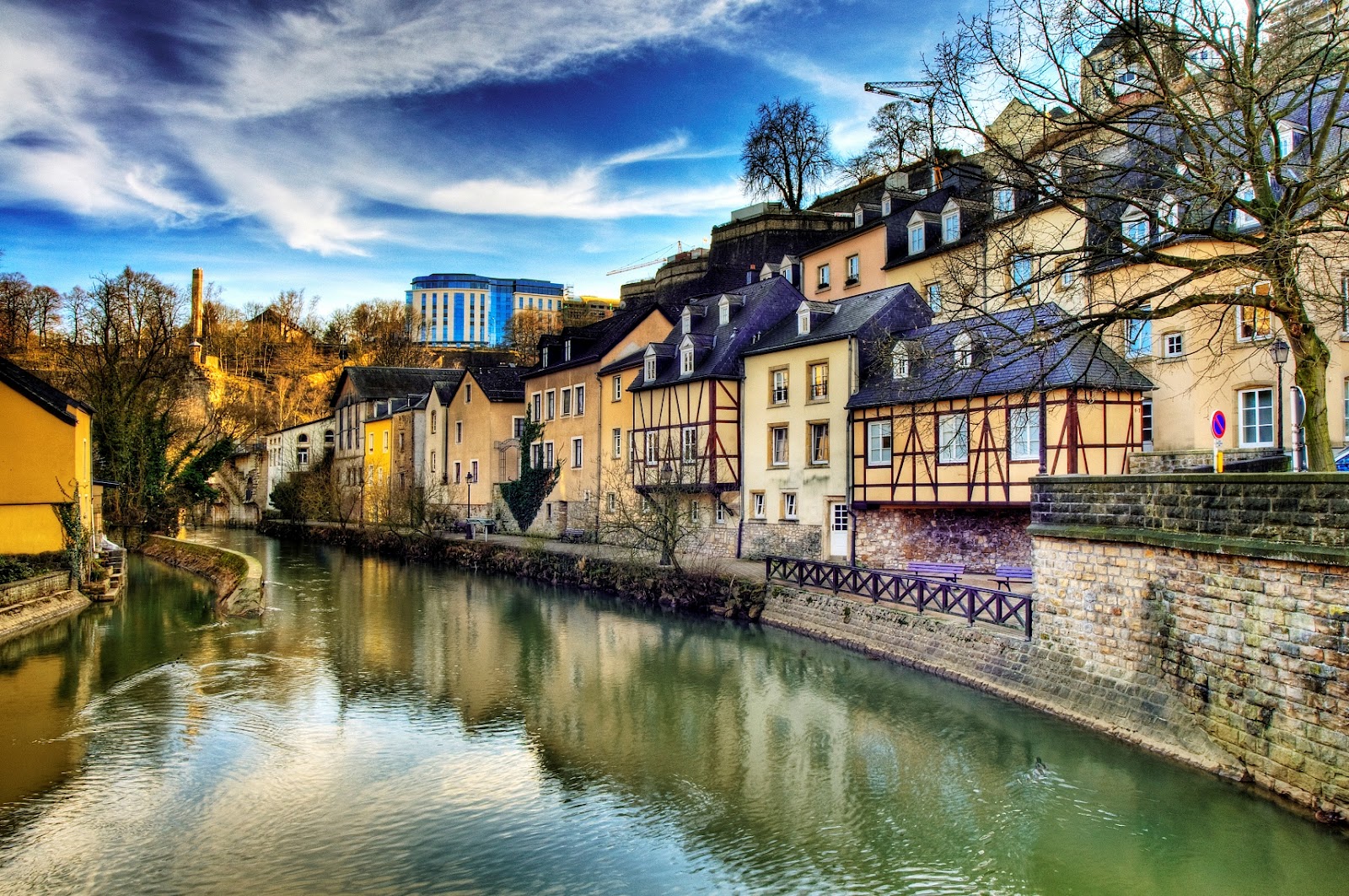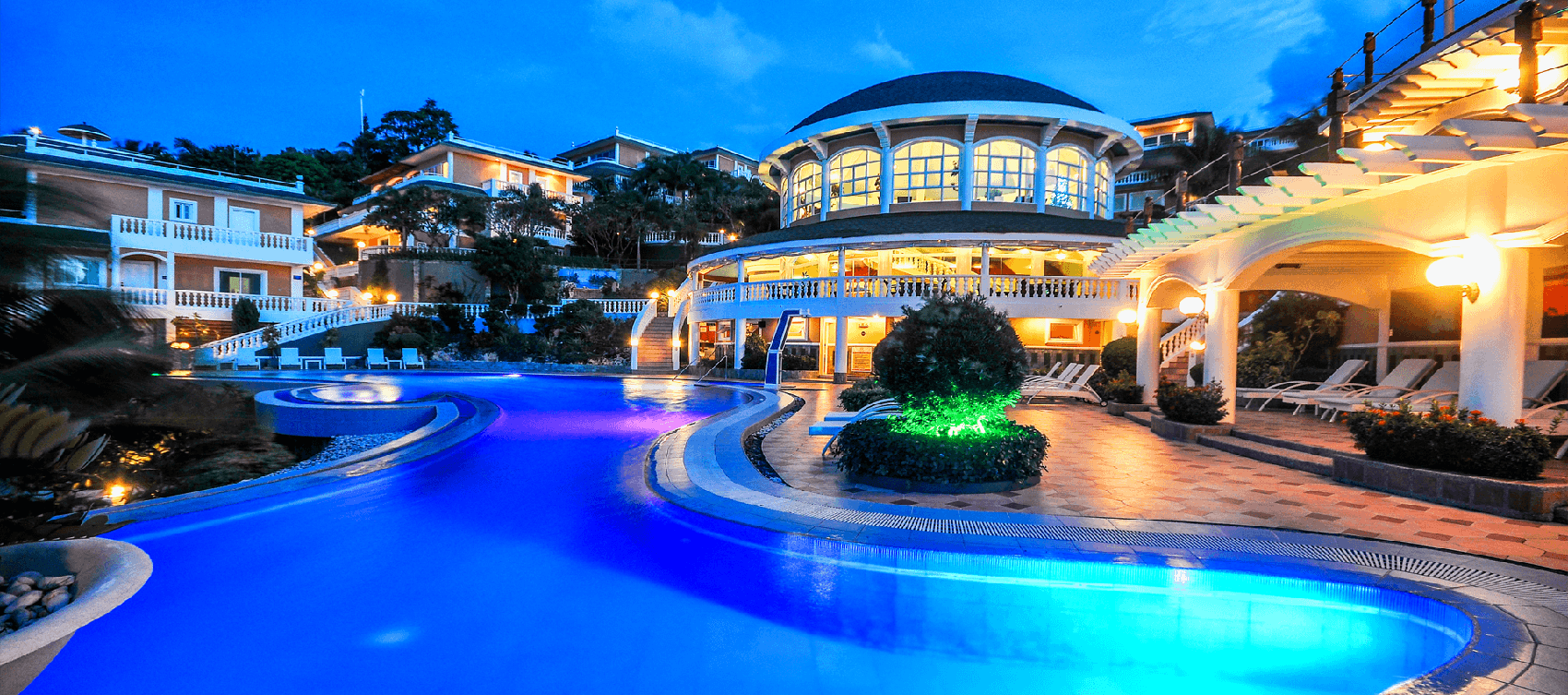15 Places to go and Things to do in Benin City

Benin City is a city and the capital of Edo State in southern Nigeria . It is a city approximately 40 kilometres north of the Benin River. It is situated 320 kilometres by road east of Lagos. Benin is the centre of Nigeria's rubber industry, but processing palm nuts for oil is also an important traditional industry.
The city of Benin has a long history of civilization and culture. The entire state of Edo was the location of one of Africa's oldest Empire's, the Benin Imperial Kingdom. Between the 15th and 16th century the kingdom of Benin spread far beyond the borders of Edo state as we know it. The wealth of history and culture of the Benin Kingdom is still on display everywhere you go in Benin City. Here are some of the sights and sounds of the once majestic Empire.
1.The Royal Palace of the Oba of Benin
 One of the most famous Royal houses in Africa. The palace, built by Oba Ewedo (1255AD – 1280AD), is situated at the heart of ancient City of Benin. It was rebuilt by Oba Eweka II (1914 – 1932) after the 1897 war during which it was destroyed by the British. The palace was declared a UNESCO Listed Heritage Site in 1999. An architectural marvel at its time, the palace still commands the awe of visitors. Seen as a sacred site amongst the Benin People, it has its dos and donts with reasons embedded in their culture. One of which includes no wearing of black, the Oba is seen as a deity who can have no reason to mourn, since the colour black represents mourning, the Oba must not set eyes upon it. Others include whistling (whistling is seen as summoning evil spirits), pointing at the Oba or his chiefs (even the Oba seldom points at anyone except to place a blessing or a curse), use an umbrella (only the Oba can be covered by an umbrella in his palace, even his chiefs leave their umbrellas at the entrance), no dogs allowed (dogs are the ingredients of many a sacrifice in Benin), no carrying of palm kernel or oil ( even vehicles transporting them are not allowed near the palace, it's red colour looks like blood and is seen as an ominous sign). There are also many restricted areas (legend says those who have gone to such places are yet to speak of the mysteries within), do make sure to ask your tour guide about these dos and donts and the stories behind them.
One of the most famous Royal houses in Africa. The palace, built by Oba Ewedo (1255AD – 1280AD), is situated at the heart of ancient City of Benin. It was rebuilt by Oba Eweka II (1914 – 1932) after the 1897 war during which it was destroyed by the British. The palace was declared a UNESCO Listed Heritage Site in 1999. An architectural marvel at its time, the palace still commands the awe of visitors. Seen as a sacred site amongst the Benin People, it has its dos and donts with reasons embedded in their culture. One of which includes no wearing of black, the Oba is seen as a deity who can have no reason to mourn, since the colour black represents mourning, the Oba must not set eyes upon it. Others include whistling (whistling is seen as summoning evil spirits), pointing at the Oba or his chiefs (even the Oba seldom points at anyone except to place a blessing or a curse), use an umbrella (only the Oba can be covered by an umbrella in his palace, even his chiefs leave their umbrellas at the entrance), no dogs allowed (dogs are the ingredients of many a sacrifice in Benin), no carrying of palm kernel or oil ( even vehicles transporting them are not allowed near the palace, it's red colour looks like blood and is seen as an ominous sign). There are also many restricted areas (legend says those who have gone to such places are yet to speak of the mysteries within), do make sure to ask your tour guide about these dos and donts and the stories behind them.
2.The Ogiamen House
 The Chief Ogiamien Ancient Palace building is located at No. 97 Sokponba Road in Benin City. It is a National Monument situated within the city walls and moat (another historical monument).Built about 1130AD, it has great significance as the only building that predates the emergence of OBASHIP in Benin political organization and the only building that survived the 1897 British expedition and siege. It was declared a National Monument in May 26th 1959.
The Chief Ogiamien Ancient Palace building is located at No. 97 Sokponba Road in Benin City. It is a National Monument situated within the city walls and moat (another historical monument).Built about 1130AD, it has great significance as the only building that predates the emergence of OBASHIP in Benin political organization and the only building that survived the 1897 British expedition and siege. It was declared a National Monument in May 26th 1959.
3.The Benin Moat
 The Benin moat, also known traditionally as Iya,is the largest man-made earthworks in the world. One of the wonders of the world, it predates the use of modern earth-moving equipment or technology in these parts. The moat encircles the old perimeter precincts of the City and was constructed as a defensive barrier in times of war.
The Benin moat, also known traditionally as Iya,is the largest man-made earthworks in the world. One of the wonders of the world, it predates the use of modern earth-moving equipment or technology in these parts. The moat encircles the old perimeter precincts of the City and was constructed as a defensive barrier in times of war.
4.Igun Street

5.Benin City National Museum
 The Benin City National Museum opened to the public on August 10, 1973. The Museum contains priceless objects of antiquities from Benin Kingdom and other parts of the country. The first known Benin Museum started in the Oba’s Palace. With 3 galleries the museum is one of the largest museums in terms of indigenous artefacts in Nigeria.
The Benin City National Museum opened to the public on August 10, 1973. The Museum contains priceless objects of antiquities from Benin Kingdom and other parts of the country. The first known Benin Museum started in the Oba’s Palace. With 3 galleries the museum is one of the largest museums in terms of indigenous artefacts in Nigeria.
6.Emotan Statue
 The statue of the stately woman, clad in the traditional wrapper and a headgear associated with the Benin royalty stands opposite the Oba market in Benin City. The statue was erected in honor of Emotan a patriotic woman who traded in foodstuffs at the very spot where the statue stands in the 15th century. The woman is believed to be the pioneer of the first day care.
The statue of the stately woman, clad in the traditional wrapper and a headgear associated with the Benin royalty stands opposite the Oba market in Benin City. The statue was erected in honor of Emotan a patriotic woman who traded in foodstuffs at the very spot where the statue stands in the 15th century. The woman is believed to be the pioneer of the first day care.
7.Ughoton Village
Ughoton village, about 42 kilometers from Benin City, is historically very important. According to historians, Prince Ekaladerhan {Izoduwa} later known to the Yoruba as Oduduwa was banished with his mother from the City of Benin to Ughoton. One of the darkest event in the history of the Benins, from there he took the painful and joyful journey from the land of Benin that eventually took him to Ile-Ife. For full story, see the correct history of Benin. The shrine of the Olokun priest who was sent to portugal By Oba Esigie (About1504-1550AD) to understudy Christianity and report back to the imperial Benin kingdom is also situated in Ughoton.
8.Okomu National Park
 The Okomu National Park, formerly the Okomu Wildlife Sanctuary, is a forest block within the Okomu Forest Reserve in the Ovia South-West of Edo State in Nigeria. The park is about 60 km north west of Benin City. The park holds a small fragment of the rich forest that once covered the region, and is the last habitat for many endangered species.
The Okomu National Park, formerly the Okomu Wildlife Sanctuary, is a forest block within the Okomu Forest Reserve in the Ovia South-West of Edo State in Nigeria. The park is about 60 km north west of Benin City. The park holds a small fragment of the rich forest that once covered the region, and is the last habitat for many endangered species.
9.Gele Gele Sea Port
The first contact with any European was made by Oba Ewuare the Great {About 1440AD} when Ruy De Sequeira vivited Benin City In 1472. The Portuguese came via the Atlantic Ocean and they finally landed in Gele Gele Sea Port in Benin Nation. The Gele Gele Sea Port was from then onward used predominantly for their legitimate trade with Benin Nation.It is also recorded that slaves (illegitimate trade) were also conveyed from the region via the Gele Gele Sea Port to Europe.
10.Egedege N'Okaro
The first storey-building in Benin Kingdom, built in 1906, by High Chief Osawe Iyamu, the then Inne of Benin. Widely regarded was the second oldest story-building in Nigeria after the first one at Badagry, Lagos built in 1845 by white missionaries. Egedege N' Okaro is Situated at House No 30, Erie Street,off Sakponba Road,in ancient city of Benin.
11.Kada Plaza
 In an ancient city which finds pride in its history, Kada Plaza is a breath of fresh air. The Plaza is one of the best places to hang out, relax or just have a fun time. With a cinema, Chinese restaurant , shopping complex and go kart racing available, Kada Plaza has something for everyone.
In an ancient city which finds pride in its history, Kada Plaza is a breath of fresh air. The Plaza is one of the best places to hang out, relax or just have a fun time. With a cinema, Chinese restaurant , shopping complex and go kart racing available, Kada Plaza has something for everyone.
12.Oba Akenzua Cultural Center
It is named after the great Benin monarch Late Oba Akenzua II who was Oba of Benin from 1933 to 1978. A fine architectural masterpiece with beautiful murals of Edo traditional motifs. The center has become the hub of cultural activities in Benin City and houses the National Art Gallery within its walls.
13.Holy Aruosa Cathedral: {Aruosa N'Akpakpava}
 Lays claim to being the oldest church in Nigeria. It was built in the 15th century situated in Akpakpava Street in the ancient city of Benin. Aruosa (eye of God) is the Benins version of the Church of England or the Dutch Reformed Church. The Portuguese brought Christianity to the imperial Benin kingdom in the 15th century during the reign of Oba Esigie {about 1504-1550} and during this period, Missionaries were sent from Portugal to establish churches in the kingdom. The Benin Monarch is the head of the church, his deputy is the crown prince and the priests called Ohen-Osa are responsible to him .The pattern of worship is a mixture of indigenous beliefs and Roman Catholic practices.
Lays claim to being the oldest church in Nigeria. It was built in the 15th century situated in Akpakpava Street in the ancient city of Benin. Aruosa (eye of God) is the Benins version of the Church of England or the Dutch Reformed Church. The Portuguese brought Christianity to the imperial Benin kingdom in the 15th century during the reign of Oba Esigie {about 1504-1550} and during this period, Missionaries were sent from Portugal to establish churches in the kingdom. The Benin Monarch is the head of the church, his deputy is the crown prince and the priests called Ohen-Osa are responsible to him .The pattern of worship is a mixture of indigenous beliefs and Roman Catholic practices.
14.Try Some Pepper Rice
Pepper rice is not particularly indigenous to Benin, different variations can be found in older cultures and environs but Benin peppered rice is in a class of its own. Very popular among Benin locals, it can be found in most restaurants around the city.
15.Igue Festival
 Igue festival is a celebration with its origin in the Benin Empire. It was originally celebrated as a festival to renew Oba Ewuare's magical powers. One tradition states that the festival date coincided with the marriage of Ewuare to a wife named Ewere.Celebrated between Christmas and New Year, the festival includes the Oba's blessing of the land and his people. During the Igue ritual season, the Oba is prohibited from being in the presence of any non-native person.
Igue festival is a celebration with its origin in the Benin Empire. It was originally celebrated as a festival to renew Oba Ewuare's magical powers. One tradition states that the festival date coincided with the marriage of Ewuare to a wife named Ewere.Celebrated between Christmas and New Year, the festival includes the Oba's blessing of the land and his people. During the Igue ritual season, the Oba is prohibited from being in the presence of any non-native person.


